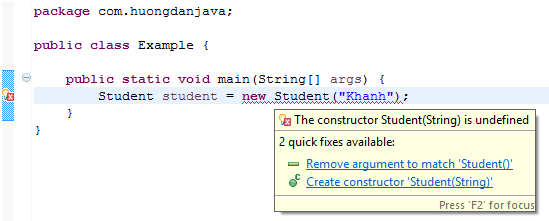
Note that the internal array only ever gets bigger over the life of the list. Note, however, that when the conditions specified above are not met, each append or insert of a new item requires allocating the new item on the heap, and this per item allocation will make QVector a better choice for use cases that do a lot of appending or inserting, because QVector can allocate memory for many items in a single heap allocation. The prepend() and append() operations are also very fast because QList preallocates memory at both ends of its internal array. The array representation allows very fast insertions and index-based access. Internally, QList is represented as an array of T if sizeof(T) is represented as an array of T* and the items are allocated on the heap.

This is not true for iterators and references into a QVector and non-heap-allocating QLists. Note: Iterators into a QLinkedList and references into heap-allocating QLists remain valid as long as the referenced items remain in the container.
#Add integer to list java constructor code
CODE Example: import (InputIterator first, InputIterator last)Įrase(QList::iterator begin, QList::iterator end) We’ll create multiple objects of the Book class and store into the ArrayList of the MainBookStore.Īnd then, get the array list of book objects from the MainBookStore and assign to the ArrayList of the NewBookStore.Īnd then, we’ll print the name of the book and id into the NewBookStore. We’ll have two more classes: MainBookStore, and NewBookStore. In this example, we’ll create a Book class which objects will be stored into an ArrayList.
#Add integer to list java constructor how to
Sharing ArrayList of user defined objects from one class to Another in java We’ll learn how to import ArrayList of objects from one class to another class in Java Use synchronized list to avoid exception * Read class will read elements form a shared list * a shared list that is created with an Arraylist. Code Example to Share ArrayList between classes import So, we will be Synchronizing the ArrayList using Collection.synchronizdList.

NOTE: If two objects are performing read and write operation on same shared list, then we need to synchronize the list to avoid exception. Perform operations add or remove on that list. Pass the same ArrayList to constructor of both Read and Write class constructor and initialize the list fields of both class.

The Write class will add elements to an ArrayList and another Read class will read elements from the same ArrayList.Ĭreate a list using an in the main() of the Sample class.


 0 kommentar(er)
0 kommentar(er)
